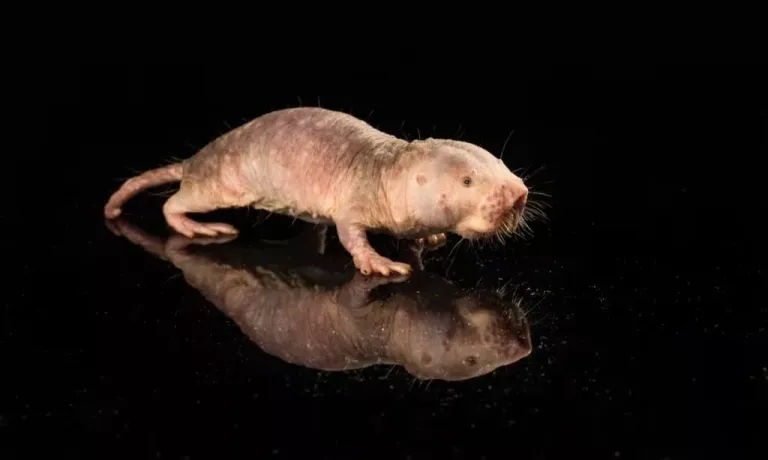Important research by scientists: Naked mole rat DNA could be the key to increasing lifespan

The naked mole rat is a strange subterranean rodent known for its hairless appearance and large teeth. Now, scientists have discovered in a new study that the animal has developed a special mechanism for repairing its DNA that could hold the key to treating age-related diseases in humans.
The naked mole rat is an exceptional creature. With a maximum lifespan of nearly 40 years, this animal holds the record for the longest lifespan of any rodent in the world. But even more amazing is its unparalleled resistance to age-related diseases. Naked mole rats almost never get cancer and are immune to diseases that damage the brain and joints. These characteristics have made them a very attractive research subject for scientists seeking to understand the secrets of aging.
The secret to longer life in the naked mole rat's DNA
According to the BBC, the new study focused on the process of DNA repair. Researchers at Tongji University in China studied a specific protein called cGAS. In humans and other mammals, the protein acts as a sensor for damaged DNA, but it also has a downside: it disrupts the DNA repair process. Scientists believe that this disruption can lead to an increased risk of cancer and a shortened lifespan.

But the big discovery came when the researchers studied the same protein in nude mice. They found that in these animals, cGAS has the exact opposite function; instead of disrupting it, it helps the body repair damaged DNA strands more efficiently, keeping the genetic code intact.
Professor Gabriel Balmus of the University of Cambridge likens the discovery to the “tip of the iceberg”: “You can think of cGAS as a Lego piece; “Its overall shape is the same in humans and the nude rat, but in the rat version, a few of its connections are reversed, allowing it to have a completely different structure and function.”
Further research showed that this functional change is the result of just four specific amino acid substitutions in the protein’s structure over millions of years of evolution. This small change allows the nude rat cGAS protein to stay attached to chromatin (the DNA packaging) for a longer period of time after detecting DNA damage. This longer presence helps other repair proteins to organize themselves better and carry out the repair process much more efficiently.

To prove this, the researchers injected the nude rat protein into normal, aged mice. The results were striking: Signs of aging in the mice, such as brittleness and graying of hair, were reduced. They also injected the protein into fruit flies and observed that their lifespans increased. The interesting thing was that by switching the same four amino acids back to their human form, all of these positive effects were lost.
The achievement provides a completely new insight into the molecular mechanisms of aging. If scientists can “reverse engineer” this mechanism in nude mice, they may be able to develop drugs that can direct the function of the cGAS protein in humans to better repair DNA.
Source: Science Magazine